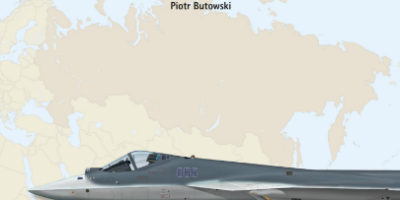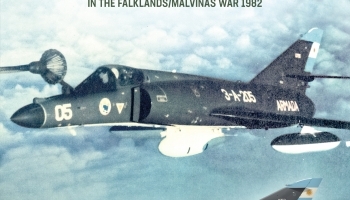
Tag: Books
15 Posts


Review: Chinese Air Power in the 20th Century
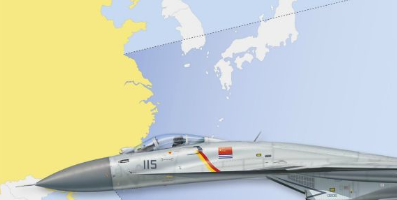
Review: Modern Chinese Warplanes – Chinese Air Force & Naval Aviation

Review: Höstsol & Höstregn
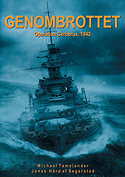
Review: Genombrottet – Operation Cerberus, 1942
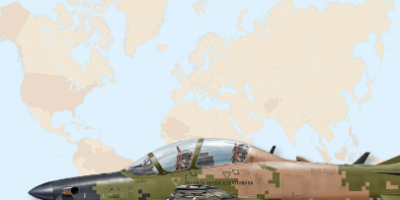
Review: EMB-314 Super Tucano – Brazil’s turboprop success story continues
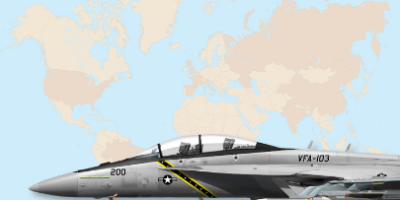
Review: Carrier Aviation in the 21st Century
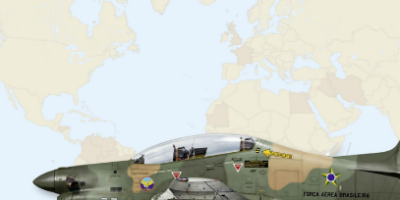
Review: EMB-312 Tucano – Brazil’s turboprop success story

Review: 2017 War with Russia
